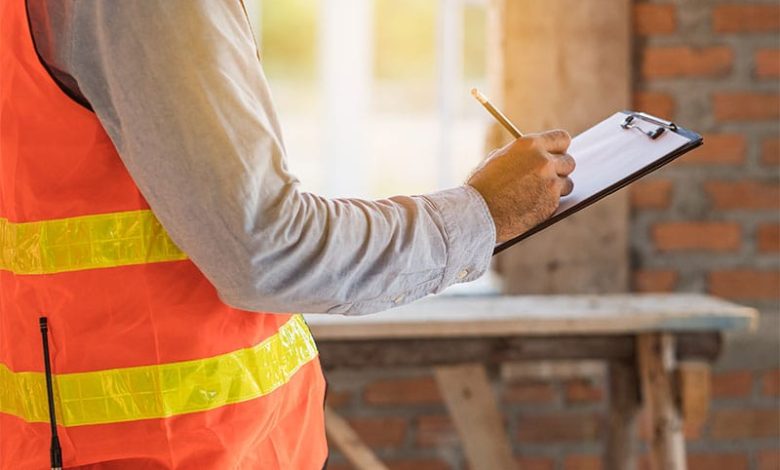BUSINESS
Navigating Asbestos Surveys in Hampshire: What You Need to Know

When it comes to safeguarding the health and well-being of occupants in buildings, understanding the presence of hazardous materials like asbestos is paramount. Asbestos, a naturally occurring mineral once commonly used in construction for its fire-resistant and insulating properties, has been identified as a major health risk due to its association with respiratory diseases, including lung cancer and mesothelioma.
In Hampshire, like many other regions, asbestos might still be present in various buildings constructed before its ban in the late 1990s. This makes asbestos surveys a critical component of managing properties, especially those intended for renovations or demolitions. In this article, we’ll delve into the essential aspects of asbestos surveys Hampshire, giving you a comprehensive understanding of what they entail and why they are crucial.
What is an Asbestos Survey?
An asbestos survey is a systematic and thorough assessment of a building’s premises to determine the presence, location, type, and condition of asbestos-containing materials (ACMs). The goal is to create a detailed record of any ACMs, assess their condition, and recommend appropriate management or removal actions. There are two primary types of asbestos surveys: management surveys and refurbishment/demolition surveys. 1. Management Surveys: These surveys are designed to identify and manage asbestos-containing materials that could be disturbed during normal occupancy or maintenance activities. Management surveys involve a comprehensive inspection of accessible areas, including ceilings, walls, floors, and service ducts. The surveyor will typically take samples of suspected materials, which are then analyzed in a laboratory for asbestos content. 2. Refurbishment/Demolition Surveys: These surveys are conducted when a building is set to undergo significant refurbishment or demolition. The aim is to locate all asbestos-containing materials in the building, as any planned work could disturb hidden ACMs. Refurbishment/demolition surveys are intrusive and involve destructive inspection techniques to access areas that might not be accessible otherwise.Why Are Asbestos Surveys Necessary?
The presence of asbestos in buildings poses a severe health risk to occupants and workers. When asbestos-containing materials are damaged or disturbed, microscopic fibers are released into the air. Inhaling these fibers over an extended period can lead to life-threatening illnesses. Asbestos surveys are essential for several reasons:- Health and Safety: Asbestos surveys Hampshire prioritize the safety of building occupants and workers by identifying potential sources of asbestos exposure.
- Legal Requirements: In the UK, the Control of Asbestos Regulations 2012 mandates that duty holders, such as building owners and managers, must manage the risks associated with asbestos by conducting surveys and taking appropriate actions.
- Renovation and Demolition: Before any renovation or demolition work, a thorough survey is necessary to prevent the accidental release of asbestos fibers.
- Insurance and Property Value: Knowing the asbestos status of a property can impact insurance coverage and property value. Transparent information can aid in making informed decisions.
Choosing a Competent Surveyor
Selecting the right surveyor is crucial to obtaining accurate and reliable results. A competent surveyor should possess the necessary qualifications, experience, and knowledge to conduct surveys effectively. Look for surveyors who are accredited by recognized bodies such as the UK Accreditation Service (UKAS) and hold the P402 certification, which demonstrates proficiency in asbestos surveying.Identifying Asbestos Types and Risks
Asbestos comes in several forms, each with varying levels of risk. It’s important to understand the different types to effectively manage potential hazards:- Chrysotile: Also known as white asbestos, chrysotile is the most commonly used type. It was often found in ceilings, walls, and roofs. While it’s considered less dangerous than other forms, it’s still a health risk when disturbed.
- Amosite: Brown asbestos, or amosite, was frequently used in insulation materials. Its fibers are more brittle and easily inhaled, making it more hazardous than chrysotile.
- Crocidolite: Blue asbestos, or crocidolite, has thin, sharp fibers that are extremely dangerous when airborne. It was often used in shipyards and for making asbestos-cement products.
- Tremolite, Actinolite, and Anthophyllite: These asbestos types are less common and were usually found as contaminants in other materials. They pose similar health risks to other types when disturbed.




